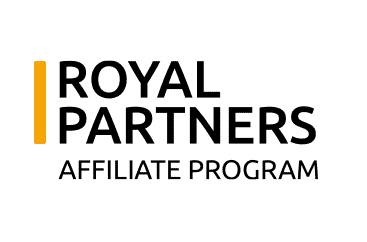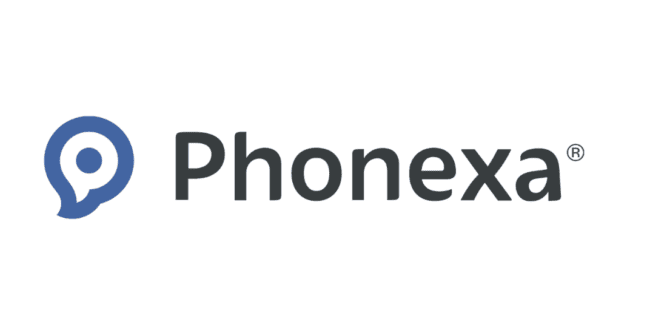Google’s digital ad network ruled a monopoly

In one of the biggest antitrust rulings in recent years, a U.S. federal judge has declared Google’s digital advertising business an illegal monopoly. The decision, which could lead to the forced breakup of Google’s ad tech empire, is being closely watched by advertisers, publishers, and affiliate marketers alike.
The case centres on how Google controls the digital ad supply chain — from the technology used to place ads to the platforms where they’re shown. According to the Department of Justice, this dominance has stifled competition, inflated prices, and limited choice across the industry.
For anyone involved in digital marketing — especially those relying on Google Ads, AdSense, or programmatic campaigns — this ruling could have major implications. And while the legal battle is far from over, the message is clear: change is coming.
Here’s what’s happened, what’s at stake, and how affiliates and marketers should prepare.
What is the ruling about?
The court found that Google had unfairly leveraged its dominance across multiple parts of the digital advertising ecosystem. This includes:
- Ad serving tools, used by websites to accept and manage ads
- Buy-side platforms, where advertisers bid for space
- Ad exchanges, where the transactions happen
In short, Google has long owned all the key parts of the ad pipeline — controlling how ads are placed, who gets to bid, and what the publisher earns. The Department of Justice argued that this setup allowed Google to favour its own services, shut out rivals, and manipulate the market.
The ruling doesn’t immediately force any changes, but it opens the door to remedies — including a possible breakup of Google’s ad tech business or stricter oversight.
Why this matters for digital marketers and affiliates
Google Ads is one of the most widely used tools in performance marketing. Whether you’re running paid search campaigns, monetising traffic with AdSense, or optimising for display networks, Google likely plays a major role in your business.
This decision could affect:
- Ad pricing – More competition in the supply chain could push prices down
- Transparency – If Google is required to open up its systems, advertisers might finally get clearer data on how auctions work
- Tracking and attribution – Changes to the ad ecosystem could impact how conversions are tracked, especially for affiliates running cross-platform campaigns
- Platform alternatives – Smaller ad networks or new entrants may have a better chance of gaining market share
It’s not all doom and gloom. In fact, for affiliates and marketers frustrated by high ad costs and vague reporting, this ruling could be a long-overdue shake-up.
What could change next?
While the court has declared Google’s setup illegal, remedies haven’t been confirmed. Here are a few possible outcomes:
- Forced divestiture: Google could be required to sell off parts of its ad tech business — for example, DoubleClick or its ad exchange platform — to reduce control.
- New transparency rules: Google might be required to provide more visibility into how auctions are run, how fees are calculated, and how bidding advantages are applied.
- Limits on self-preferencing: Restrictions could be imposed to prevent Google from favouring its own properties in ad placements or bidding.
All of this could lead to a more open, competitive ad market — and that’s good news for advertisers and publishers.
How affiliate marketers can prepare
This ruling is part of a broader trend: governments and regulators are cracking down on Big Tech dominance. Similar investigations are happening in the EU, UK, and Australia.
If you’re an affiliate or media buyer, now’s the time to:
- Diversify traffic sources: Don’t rely solely on Google Ads or AdSense. Test other channels — like Microsoft Ads, native ad networks (Taboola, Outbrain), or social platforms (Meta, TikTok).
- Monitor platform updates: Stay up to date on how Google responds to this ruling. Changes to tools, terms, or policies could impact your campaigns or earnings.
- Improve first-party data strategy: As transparency increases, being able to segment and retarget your own audience becomes more important. Build email lists, use CRMs, and make the most of your site data.
- Keep creative control: With algorithm-driven ad delivery potentially being restructured, having strong ad copy, visuals, and landing pages will remain key to converting traffic.
What industry experts are saying
Marketing leaders have welcomed the ruling as a step toward fairness. “It’s about giving the open web a fighting chance,” one programmatic expert said. “For too long, Google has been both referee and player in the ad auction — and that’s never been a level playing field.”
Publishers, many of whom depend on ad revenue to fund content, are also watching closely. A more balanced ad market could lead to better payouts and fewer hidden fees.
Final thoughts
Google’s digital ad monopoly ruling is more than just a legal headline — it’s a moment that could reshape the entire digital marketing landscape.
Whether or not the breakup happens, the pressure on Google is building. That means more oversight, more competition, and — hopefully — more transparency for everyone involved.
For affiliate marketers and advertisers, the message is simple: don’t panic, but pay attention. The rules of the game may be changing — and those who adapt early will have the edge.






